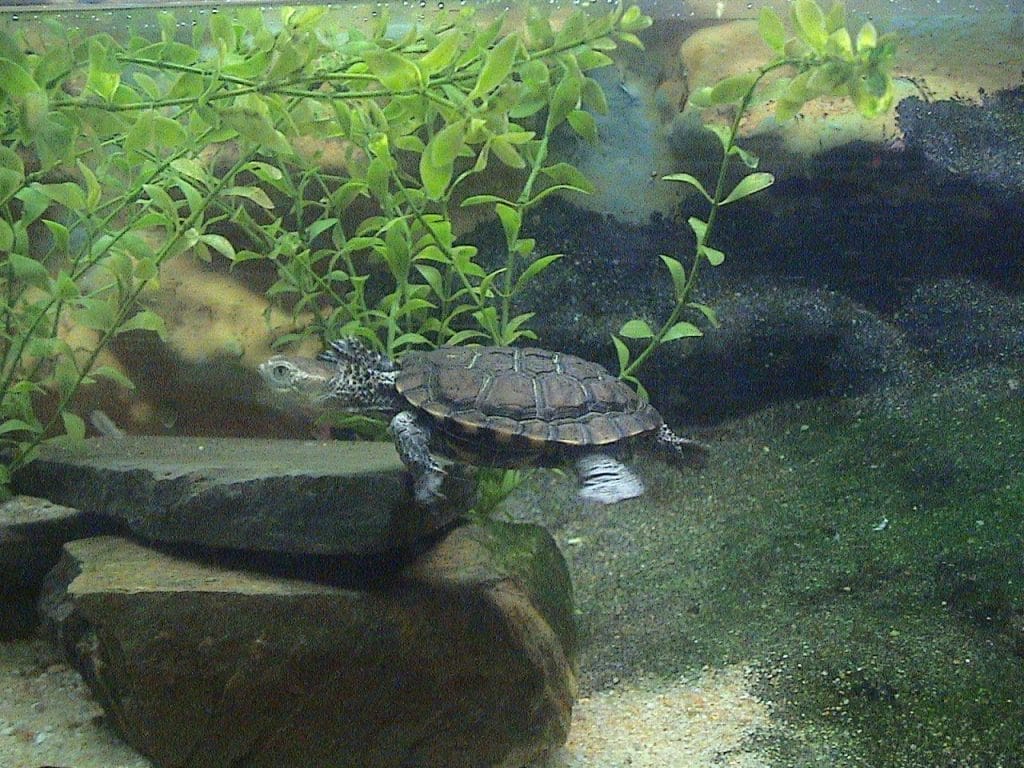Pseudemydura umbrina (Western Swamp Turtle)
Home > Turtle Database > Pseudemydura umbrina (Western Swamp Turtle)

Pseudemydura umbrina, known as the Western Swamp Turtle, is one of Australia’s rarest reptiles. It’s a small, freshwater turtle that only lives in a few seasonal swamps near Perth, Western Australia.
Native To These Regions
Western Australia (Australia)Native Turtle Species Map – Find Turtles by Region
Scientific Classification
Kingdom: Animalia
Phylum: Chordata
Class: Reptilia
Order: Testudines
Family: Chelidae
Genus: Pseudemydura
Species: P. umbrina
Common Names
Western Swamp Turtle
Western Swamp Tortoise
This Hilarious Turtle Book Might Know Your Pet Better Than You Do
Let’s be real—most turtle care guides feel like reading a textbook written by a sleep-deprived zookeeper.
This one’s not that.
Told from the snarky point of view of a grumpy, judgmental turtle, 21 Turtle Truths You’ll Never Read in a Care Guide is packed with sarcasm, sass, and surprisingly useful insights.
And hey—you don’t have to commit to the whole thing just yet.
Grab 2 free truths from the ebook and get a taste of what your turtle really thinks about your setup, your food choices, and that weird plastic palm tree.
It’s funny, it’s honest, and if you’ve ever owned a turtle who glares at you like you’re the problem—you’ll feel seen.
Identification
Description
This turtle is small and short-necked, growing up to 15 cm in shell length. It has a domed, brown to black carapace and a yellowish underside. The head is broad with rough skin and dark patches.
Sexual Dimorphism
Males are usually larger than females. Males also have longer tails and more concave plastrons.
Native Origin and Distribution
Geographical Range
It’s found only in a few small wetland reserves near Perth in Western Australia, including Ellen Brook and Twin Swamps Nature Reserves.
Preferred Habitat
It lives in shallow, seasonal swamps with clay soils. These swamps fill in winter and dry up in summer, forcing the turtle to hibernate underground during the dry months.
Behavior
Feeding Habits
It feeds on small aquatic invertebrates like insect larvae, worms, and crustaceans. It is mostly active during the wet season.
Predators
Foxes and birds like ravens pose a threat, especially to juveniles. Habitat loss also increases vulnerability.
Reproduction
Breeding Season
Mating occurs during the wet season, mostly from September to November.
Reproductive Method
Females lay one to five eggs in nests dug into the soft ground. The eggs develop over summer and hatch when the swamps fill again.
Conservation
Extinction Status
Critically Endangered according to the IUCN Red List.
Threats
Main threats include habitat destruction, climate change (shorter wet seasons), and predation by introduced species like foxes.
Conservation Measures
Protected in nature reserves. Captive breeding programs and habitat restoration are ongoing. Fire control and fox baiting are also used to protect populations.
Economic Importance
There is no direct economic value. But it plays a role in conservation awareness and education, especially about wetland protection in Western Australia.
Interesting Facts
It was once thought extinct until rediscovered in 1953.
It only becomes active for a few months each year.
It’s considered the most endangered turtle in Australia and among the rarest in the world.

About Author
Muntaseer Rahman started keeping pet turtles back in 2013. He also owns the largest Turtle & Tortoise Facebook community in Bangladesh. These days he is mostly active on Facebook.











